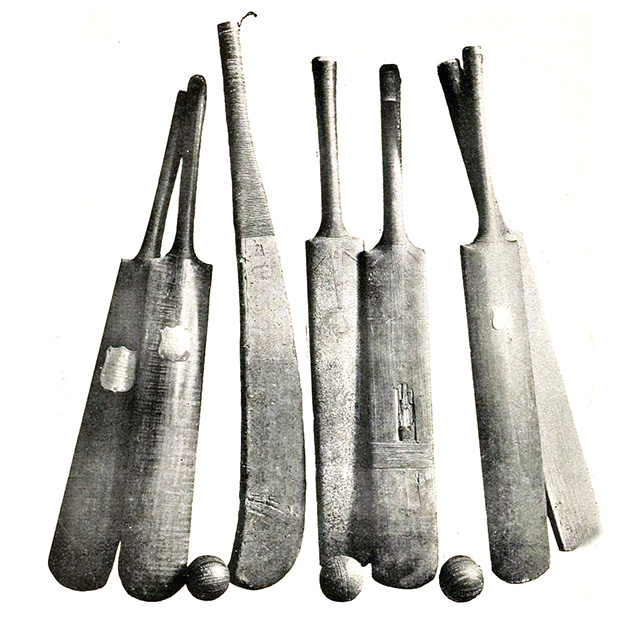Home > Sports > List > Cricket > Equipment

Cricket Equipment & Facilities
Field Dimensions
- The cricket field is a large oval-shaped grassy ground of varying size. There is no standard measurement, though its diameter is usually between 450 feet (137 m) and 500 feet (150 m).
- The cricket pitch is 22 yards (20.12 m) long and 10 feet (3 m) wide, stretching between two sets of cricket stumps which are 28 inches (71 cm) high and 9 inches (about 23 cm) wide.
- The popping crease is 4 ft (1.22 m) in front of the bowling crease.
Cricket Balls
- Red Balls - Test match cricket is played with a red ball, achieved in the manufacture process by dying the leather in a paraffin wax.
- White Balls - White balls are used in one-day and 20-20 cricket matches. The white is 'painted' onto the balls, and therefore the ball has different properties than the traditional red balls. The white balls are much more visible than the traditional red-dyed ball against the backdrop of players' colored clothing, however they are tend to discolor and deteriorate more quickly.
- Pink Balls! Pink balls are used in day/night Test matches. The main concerns with the pink ball include whether the ball retains its color or needs to be changed more frequently due to discoloration or wear and tear, and to what extent batting, bowling and fielding conditions vary with a different ball. In the early 1990's, an orange ball was experimented with, but apparently that did not work out well.

A few bats and balls in the possession of W. G. Grace, 1899.
Cricket Bats
Related Pages
 A few bats and balls in the possession of W. G. Grace, 1899.
A few bats and balls in the possession of W. G. Grace, 1899.

 Upcoming Events
Upcoming Events